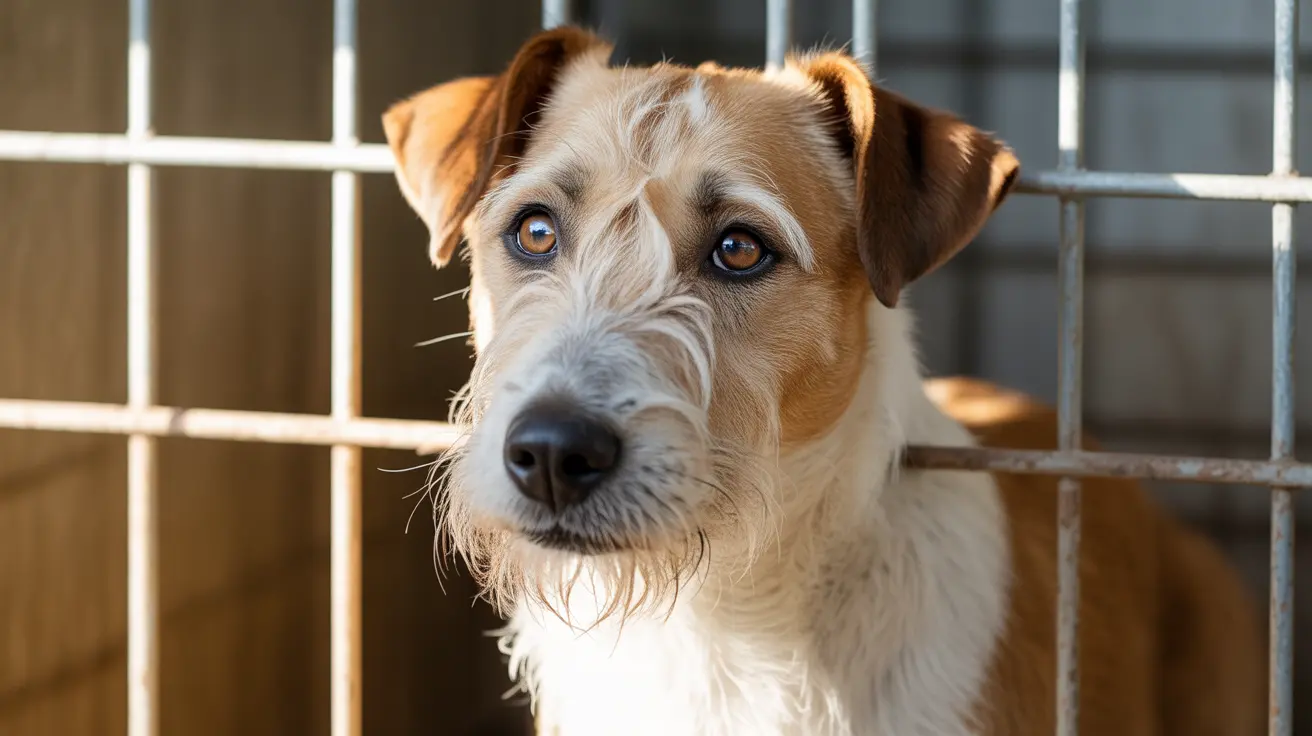Are Staffies as Aggressive as Pitbulls?
When discussing dog breeds with misunderstood reputations, the American Staffordshire Terrier (commonly known as the Staffie or AmStaff) and the American Pit Bull Terrier often come to mind. These two breeds are frequently compared, not only because of their shared ancestry but also due to the ongoing debate surrounding their temperament and perceived aggression.
Historical Background
Both the American Pit Bull Terrier and the American Staffordshire Terrier originate from dogs bred in the United Kingdom for bull- and bear-baiting. Later, their roles transitioned to include working dog duties and companionship. Unfortunately, they were also exploited in illegal dog fighting rings, which significantly damaged their reputations.
Over time, the two breeds were selectively bred for different roles. The American Staffordshire Terrier, recognized by the American Kennel Club (AKC), was refined to be a companion animal with a more stable temperament. Meanwhile, the American Pit Bull Terrier, recognized by the United Kennel Club (UKC), maintained some working dog traits and is not acknowledged by the AKC.
Physical Similarities and Differences
- Size and Weight: Pit Bulls generally weigh between 30–75 pounds, while AmStaffs tend to fall in the 55–70 pound range.
- Build: AmStaffs are stockier with a broader head, whereas Pit Bulls are slightly taller and more slender.
- Coat: Both have short, glossy coats. Pit Bulls can be any color except merle, while AmStaffs appear in solid and brindle patterns.
Temperament and Behavior
Despite popular belief, neither the AmStaff nor the Pit Bull is inherently aggressive toward humans. Their historic aggression was directed at other animals, not people. In fact, both breeds, when properly bred and raised, are:
- Loyal
- Intelligent
- Playful
- Affectionate toward family members, including children
However, they can exhibit dog-on-dog aggression, especially when not socialized early or sufficiently trained. This makes training and supervision critical for both breeds when around unfamiliar animals.
Training and Socialization
Early socialization and consistent, positive reinforcement are paramount. These dogs thrive when given clear boundaries and are often eager to please. They do best with experienced owners prepared to invest the time and effort required to provide structure and affectionate leadership.
Exercise and Mental Stimulation
Both breeds are high-energy and need regular physical and mental stimulation to avoid behavioral issues. Recommended activities include:
- Daily walks or runs
- Fetch and tug-of-war games
- Agility courses
- Scent work or puzzle toys
Pit Bulls may require slightly more intense exercise than AmStaffs due to their higher energy levels. Without enough stimulation, both breeds can become restless, destructive, or overly vocal.
Grooming and Health
Grooming needs for both breeds are minimal:
- Weekly brushing to reduce shedding
- Occasional bathing
- Regular ear cleaning to prevent infections
Health concerns include:
- Hip and elbow dysplasia
- Skin allergies (more common in Pit Bulls)
- Progressive retinal atrophy (more frequent in AmStaffs)
- Patellar luxation (more in Pit Bulls)
- Hypothyroidism and cerebellar ataxia (seen in AmStaffs)
With proper nutrition and veterinary care, both breeds can live between 12–16 years.
Living Environment and Family Compatibility
These breeds do best with active families who can meet their mental and physical needs. While not ideal for apartment living, they can adapt if given adequate exercise. They are both people-oriented and may suffer from separation anxiety when left alone too long.
When socialized properly, both breeds are excellent with children. Pit Bulls tend to perform better as single pets unless introduced early to other animals. AmStaffs may show more reservation but adjust well with proper training.
Conclusion
The belief that Staffies or Pit Bulls are naturally aggressive is a stereotype fueled by history and media portrayal. In reality, both breeds are loyal, intelligent, and affectionate companions when responsibly bred and raised. Assessing a dog's temperament should be based on individual behavior, training, and socialization—not the breed alone.





